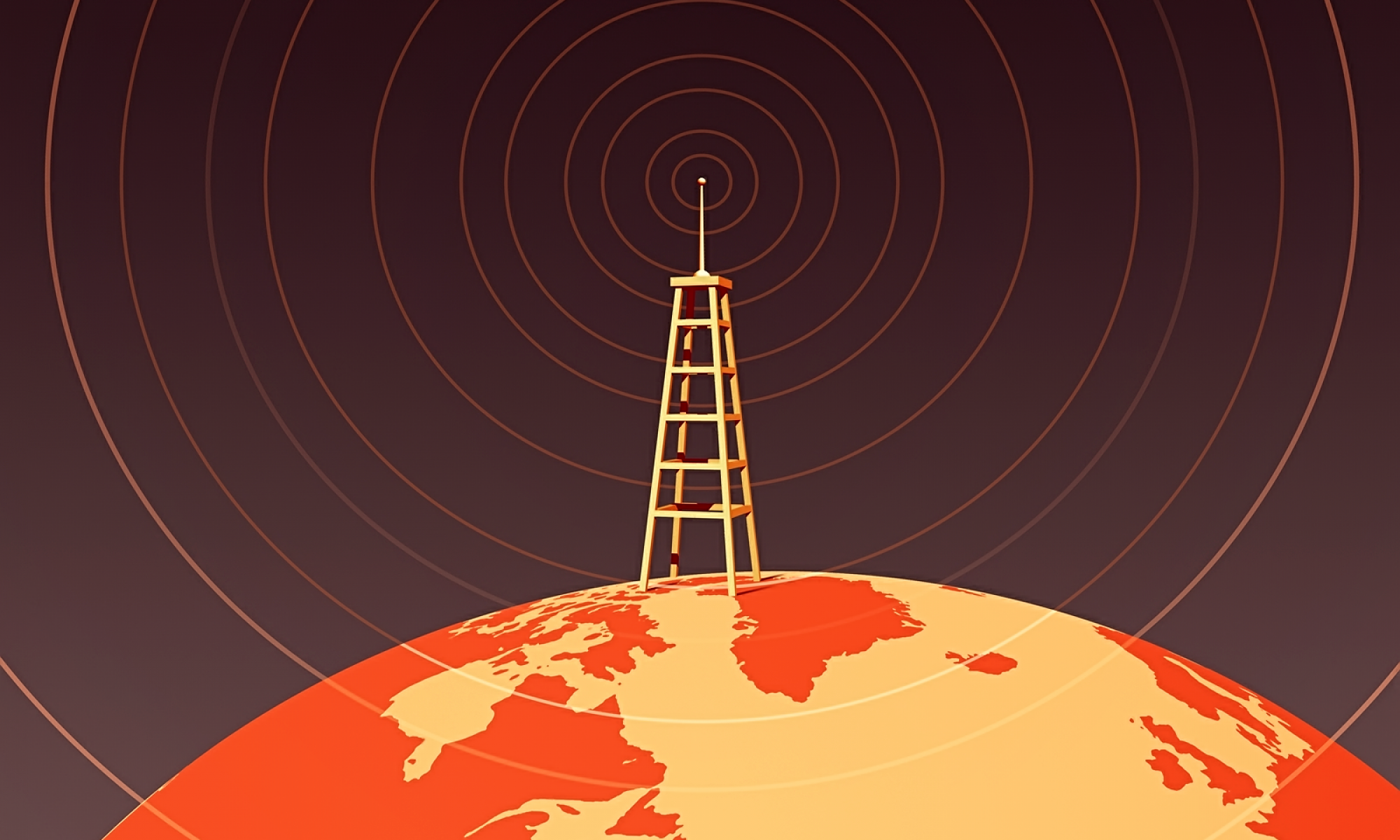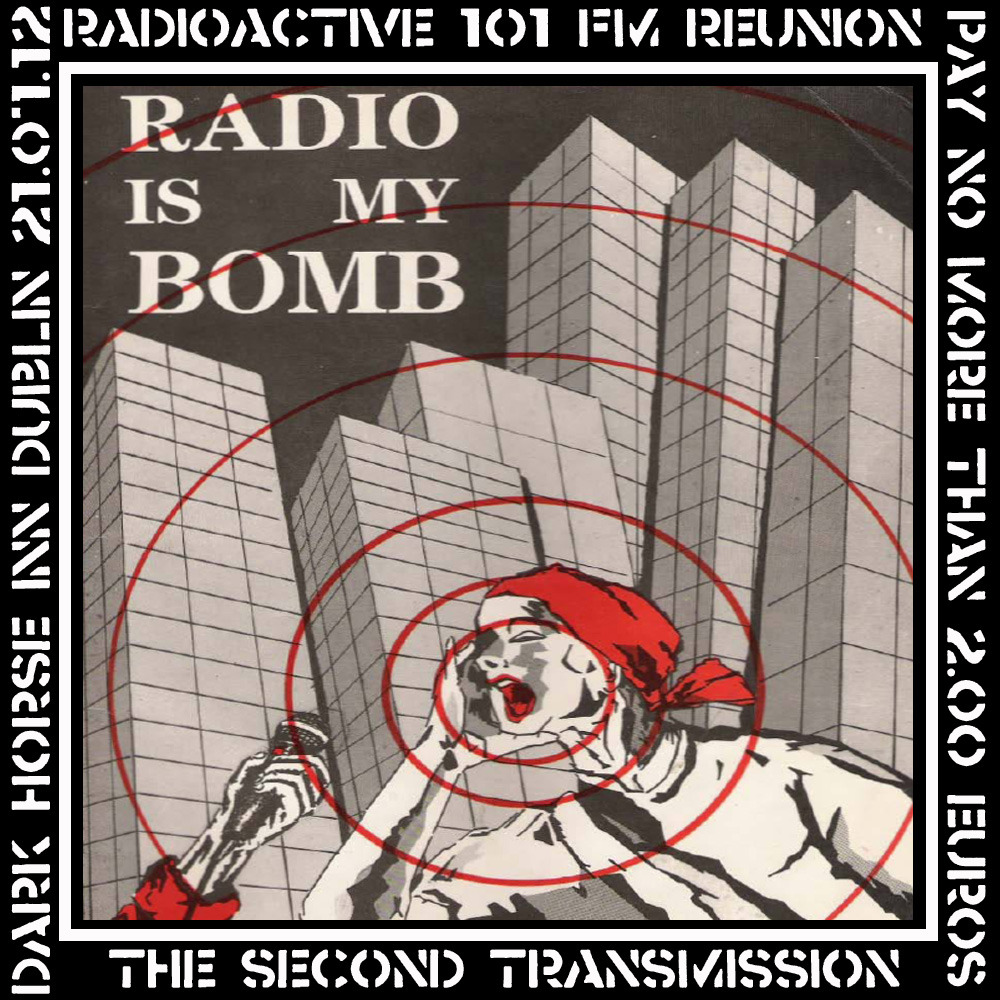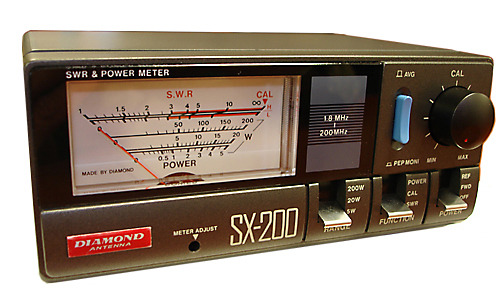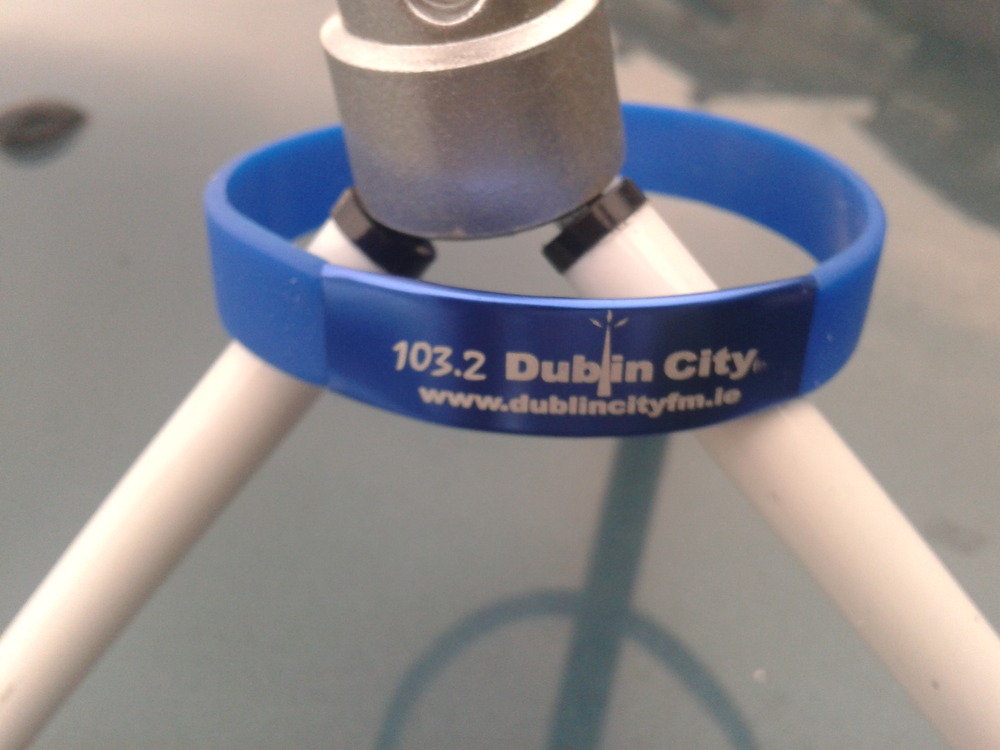RadioActive International will start broadcasts in the coming weeks, it will also relay its shows via the internet in stream and on demand formats backed up by social media. European services will be heard on the 49 meterband shortwave and FM relays of the internet stream will be encouraged and sponsored in cities around the world.
RadioActive is looking for Presenters/DJs who can make shows in their own space and time and deliver it by electronic or postal service, where it will be placed in the schedule. There will be no formats or adverts and the open access policy has little rules, no fascists and no religions. And a common understanding that we are not going to break the law to do this only to play similar music to the legal stations.
Share this on, lets make radio better! reply by message if you want a show.
more details soon
facebook http://url.ie/fn7v
web http://RadioActive101.com
UPDATE September 2012
Radioactive is back http://radioactiveinternational.org/
twitter @radioactiveint
How To Make a Radio Station from seth gadsden on Vimeo.





